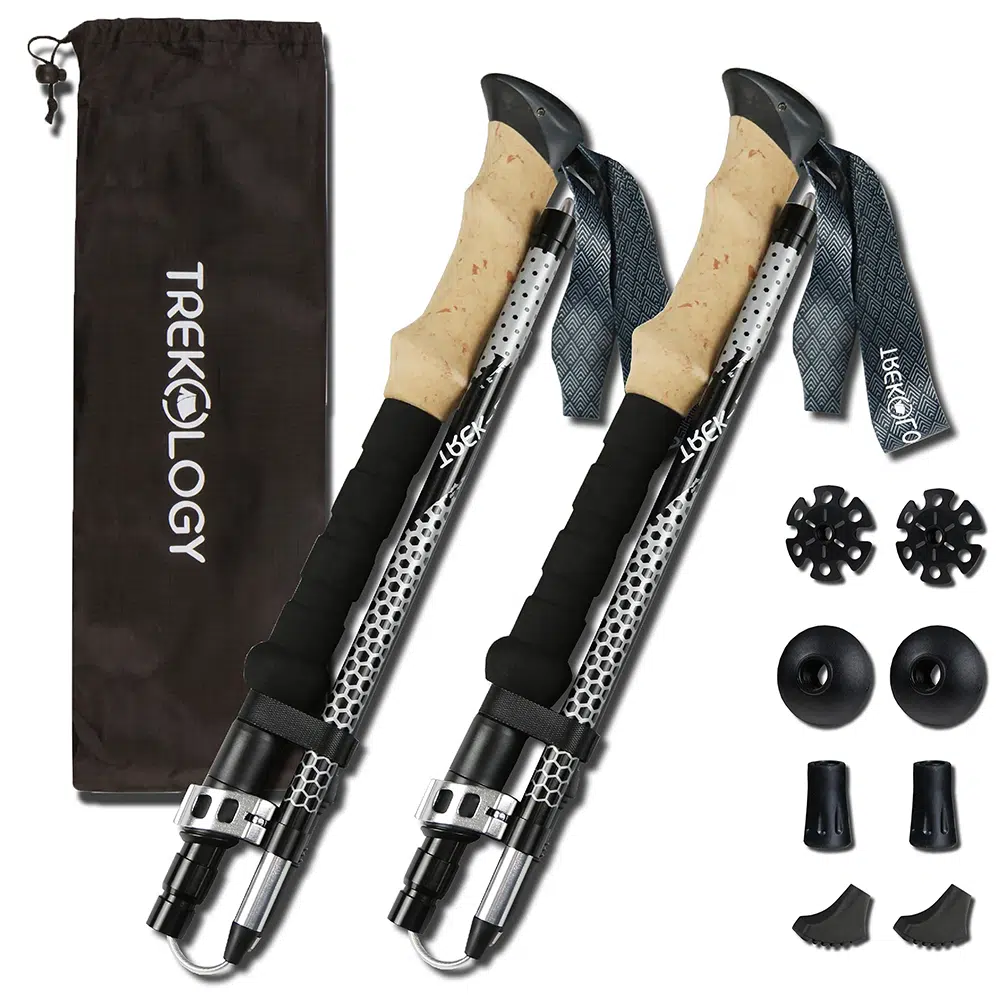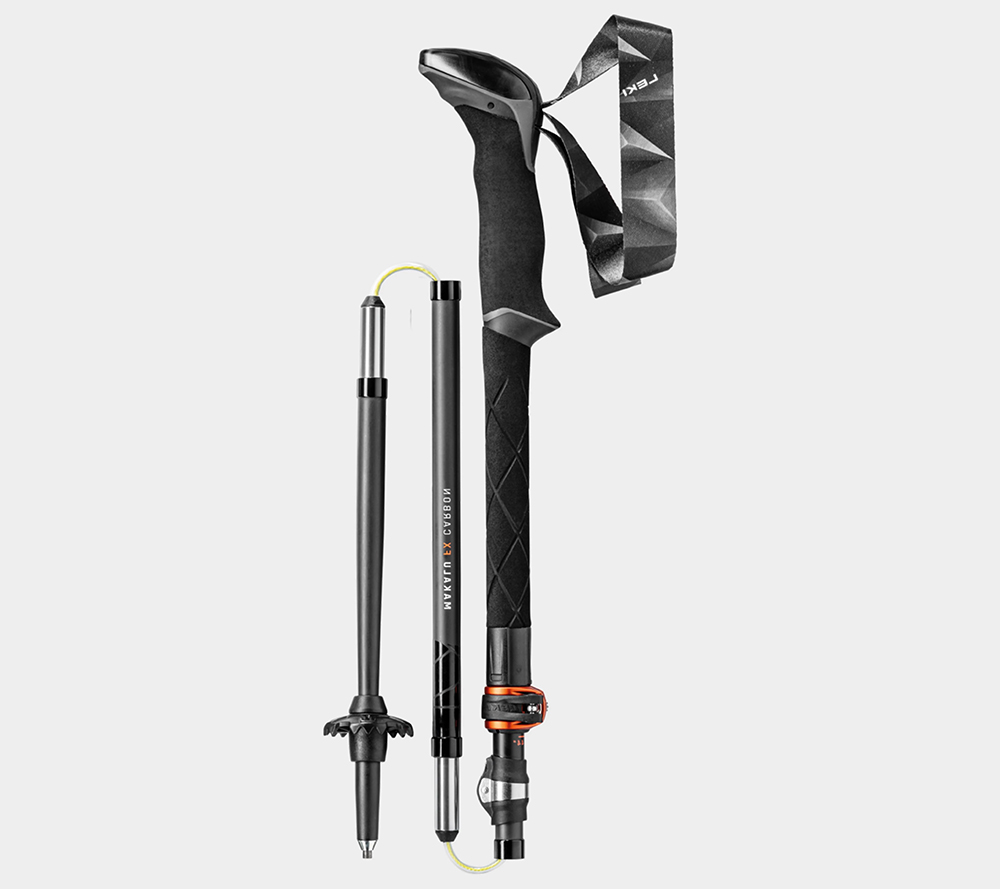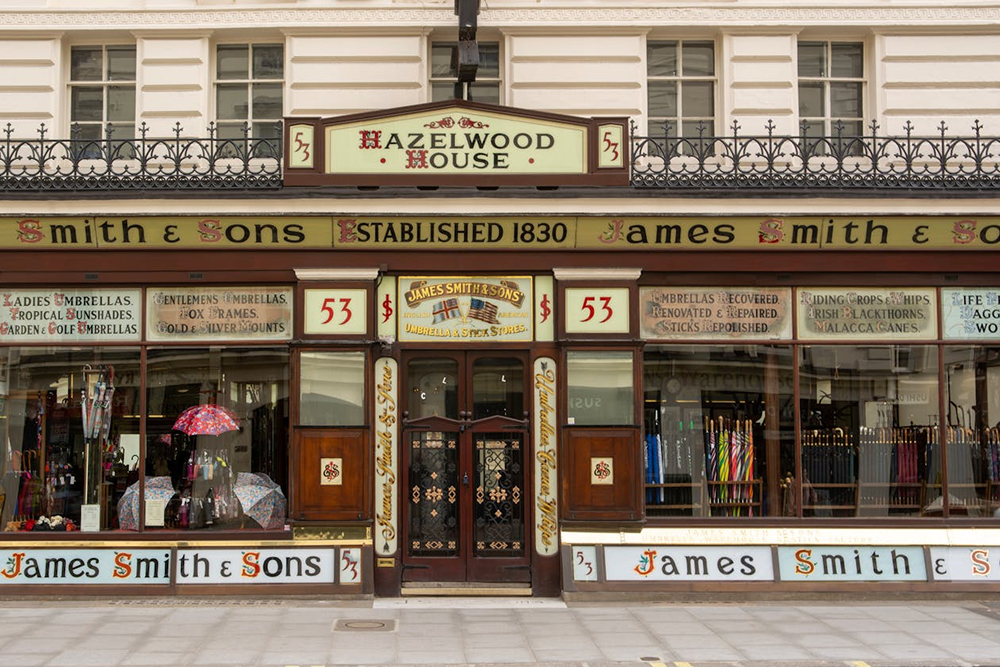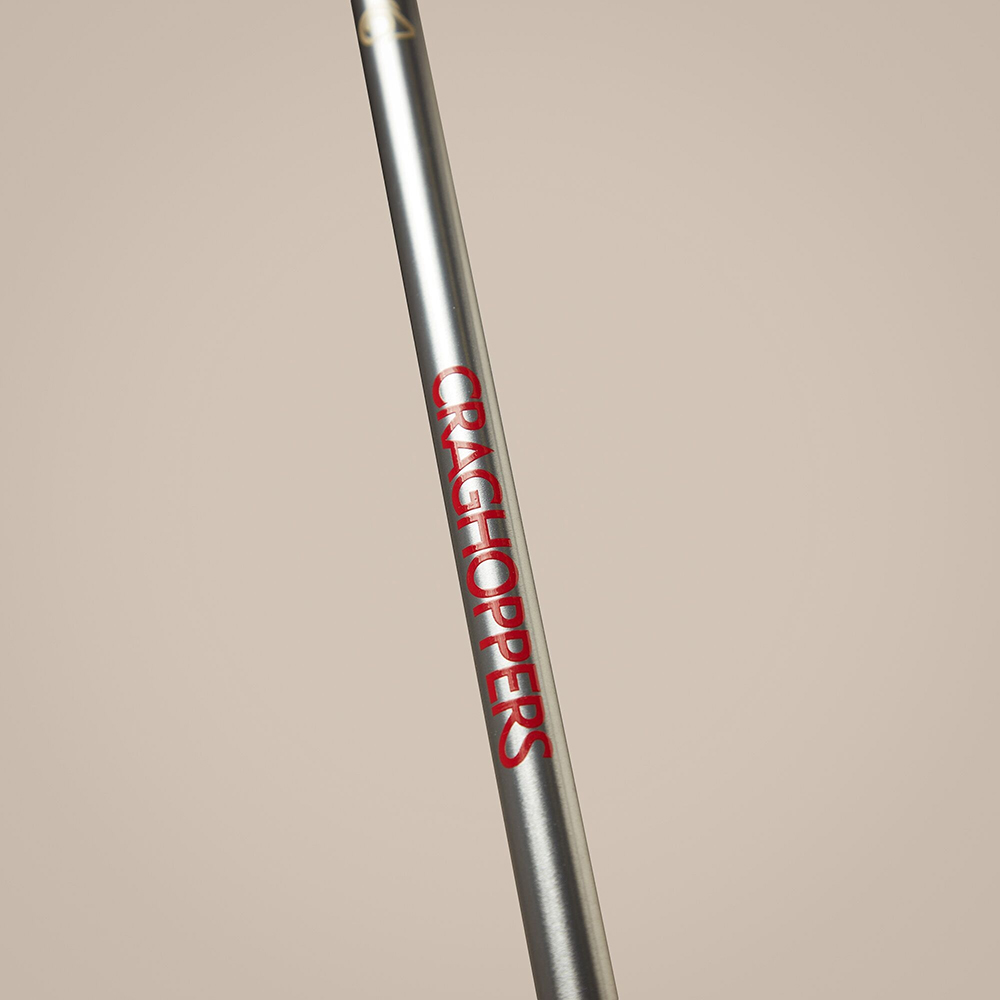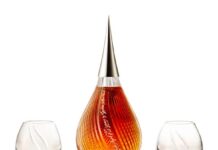To show excellent deportment and posture has always marked a lady or gentleman. Carrying oneself with elegance is essential. Poise, after all, is simply “the art of not falling A over T.”
The Case for Walking Sticks
Deportment takes practice. And sometimes, it requires a trusty, elegant stick. Nothing ruins an impression faster than tripping over your own feet. Whether indoors or outdoors, a nose-plant is the height of inelegance.
Where have the blackthorn bludgeons and chestnut knobs gone? Even King Charles III, now 76, has been seen at the Windsor and Chelsea Flower Shows with an ornately handled stick. In his youth, he often strode the moors with a thumbstick. These days, telescopic hiking poles or carbon models seem inevitable. Queen Camilla already owns a pair of anodised Craghoppers Ventures.
From Canes to Craft
When swords fell out of fashion, canes stepped in. They dangled from ribbons on jackets or grew into tall Hercules clubs. By the 1800s, stickmaking was big business. Hamburg’s Herr Meyer became a name to know. Sticks even served double duty for self-defense, smuggling, and the occasional silkworm delivery.
Traditional sticks came from rattan, ash, beech, blackthorn, cherry, or oak. Handles featured whalebone, horn, ivory, and even narwhal tusk. Craftsmen sanded, smoothed, stained, and varnished them to a fine polish. Pearls, silver, mother-of-pearl, jade, and even hair turned plain sticks into art.
Sticks held compasses, mirrors, alcohol, and the odd lucifer match. For Parisian incroyables and Beau Brummels, no outfit was complete without one to twirl.
Masters of the Trade
Established in 1820, James Smith & Sons in London still sells one of the world’s most extensive ranges. Townsticks, polished maples, bark cherry crooks, and Art Nouveau nickel derbys remain among their classics.
Other makers keep the craft alive. Wren Country Sticks, founded in 2006, specializes in ram’s horn and bishop’s croziers. Sticksnbits offers antler tops, brass ferrules, and woodcarved coronets. Even Walking Sticks UK stocks rustic hazel, staghorn, and V-shaped thumbsticks.
The March Toward Poles
Yet fashion yields to function. Today, walking poles dominate. After all, no one wants a broken nose from a misstep. We all want pink cheeks and clear lungs, not fractured ribs and bloodied jackets. Roots, kerbs, gravel, and ice demand support, especially with age.
Craghoppers, founded in 1965, once outfitted Everest expeditions. Now, they sell trekking poles for everyday hikers. Meanwhile, mid-Europe produces the most advanced designs. LEKI, born from a German ski-pole maker, introduced aluminium shafts and locking systems in the 1970s. Austrian brand Komperdell followed with ultralight carbon sticks, complete with colorful grips.
In the US, Trekology designs modern trekking poles in Wyoming. As their team explains, poles don’t just support; they distribute load, improve breathing, and strengthen muscles. Used regularly, they tone arms and boost circulation.
Companions on the Trail
Today’s poles fold, collapse, and adjust in height. EVA foam handgrips and Z-pole designs make them light to pack and quick to deploy. Black Diamond, another leading brand, offers cork trekking poles and Nordic walking options.
Poles do more than steady your step. They help in wind, rivers, snow, and even when grizzlies or snakes lurk about. They are, quite simply, companions.
The Sign of Healthy Old Age
Modern elegance isn’t balancing a dictionary on your head. It’s ordering a replacement ferrule before your hip needs replacing. Walking poles let us keep our rhythm, our balance, and—most importantly—our poise.


